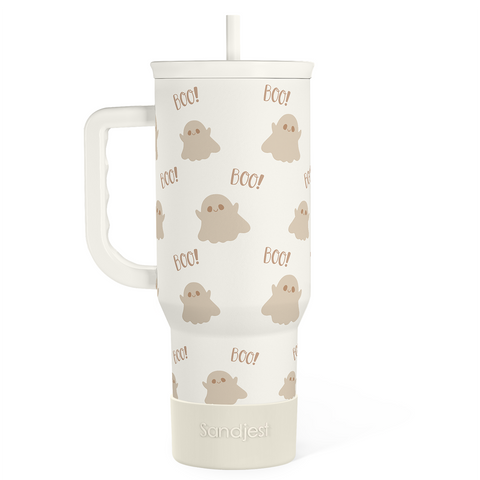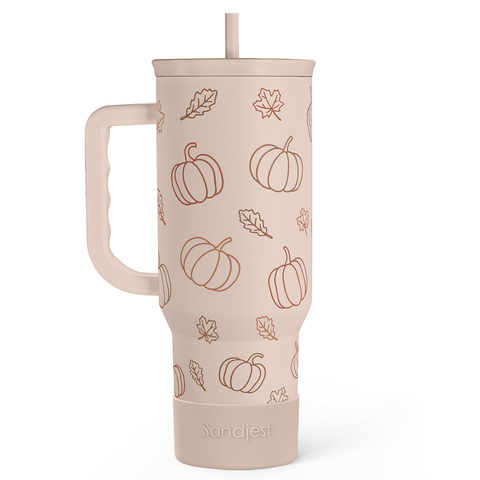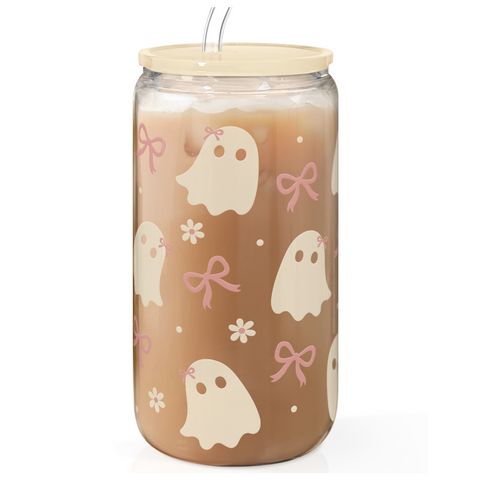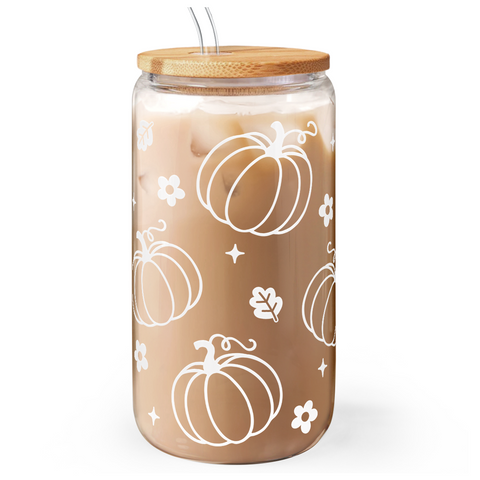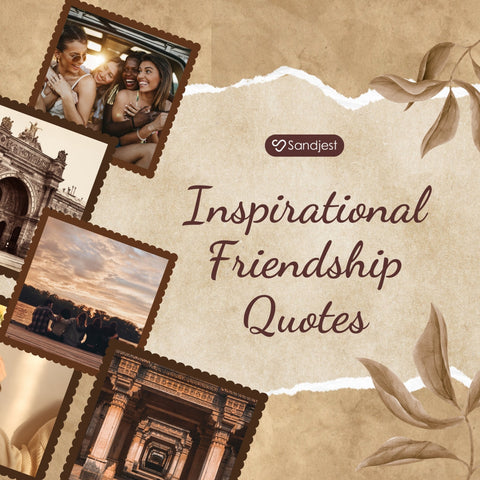Discover Halloween’s Meaning and Magic Now
Table of Contents
Ever wondered why people love spooky decorations and sweet treats every October? It’s not just about fun or fear—it’s history meeting imagination. Centuries ago, people believed spirits returned to Earth for one special night. Now, it’s all about celebrating life’s lighter side of darkness.
The deeper you look, the more fascinating what is the meaning of Halloween becomes, especially when you realize how ancient customs turned into today’s colorful traditions.
What Does Halloween Really Mean to Us?

Halloween today carries a meaning that goes far beyond costumes or candy—it’s about connection, reflection, and shared emotion. It reminds us that facing what once frightened us can bring people closer, turning fear into fun and darkness into community warmth.
At its heart, Halloween symbolizes the balance between life and death, light and shadow. It began with ancient beliefs about spirits returning to the world of the living, but now it’s become a moment for people to remember their loved ones, embrace change, and celebrate imagination.
For many, Halloween is also about freedom and creativity—a night where anyone can express themselves without judgment. Wearing costumes, decorating homes, and trick-or-treating all create spaces where people of all ages share joy and laughter.
Ultimately, what Halloween really means to us is togetherness. Whether through carving pumpkins, enjoying Halloween foods with friends, or joining fun Halloween activities, it’s a reminder that even in the dark, we find ways to connect, to laugh, and to feel alive.
>> If you’ve ever paused to ask what is the meaning of halloween, you’re not alone—this season blends fun, folklore, and deeper themes we still carry today.
Where Did Halloween Come From? Dive into Origins

Halloween originated from the ancient Celtic festival Samhain, celebrated more than 2,000 years ago in areas that are now Ireland, Scotland, and parts of northern France. It marked the end of the harvest and the beginning of winter—a season associated with death and the spirit world. The Celts believed that on the night of October 31, the barrier between the living and the dead grew thin. They lit bonfires to honor deities, wore animal-skin disguises to ward off spirits, and left food outside as offerings for wandering souls.
As Christianity spread through Europe, the origins of Halloween merged with Christian observances. The Church established All Saints’ Day (also called All Hallows’ Day) on November 1 to honor saints and martyrs. The night before became known as All Hallows’ Eve, later shortened to Halloween. Many Samhain customs—such as lighting candles to guide spirits—continued under new religious meanings.
During the 19th century, Irish and Scottish immigrants carried these traditions to North America. Over time, Halloween transformed into a community celebration with new customs like pumpkin carving, trick-or-treating, and costume parties. The turnip lanterns of Europe became carved pumpkins in America, inspired by local harvests.
Today, Halloween blends its ancient and Christian roots with modern creativity. It keeps the essence of remembrance and renewal, honoring both the mystery of the unseen world and the joy of shared festivity through stories, sweets, and light-filled jack-o’-lanterns.
>> Uncover ancient roots with facts about halloween that show how ancient festivals became today’s most haunted holiday.
What Are Halloween’s Main Traditions Today?

The main traditions of Halloween seen today are the result of centuries of evolution, blending ancient Celtic customs with modern community celebrations. What once began as rituals to honor spirits and mark seasonal change has become a night of imagination, laughter, and shared creativity across generations.
One of the most recognizable traditions is trick-or-treating, where children dress in costumes and visit homes for candy. This playful custom evolved from the old European practice of “souling,” in which people offered prayers for the dead in exchange for food. It keeps alive the spirit of giving and remembrance in a fun, family-friendly way.
Another enduring custom is carving jack-o’-lanterns. The idea originated from Ireland, where people hollowed out turnips and placed candles inside to ward off evil spirits. In America, pumpkins replaced turnips, becoming the glowing symbol of Halloween. Homes and yards are now decorated with ghosts, skeletons, and cobwebs to create both a spooky and festive atmosphere.
Modern celebrations also include costume parties, haunted houses, parades, and seasonal foods like caramel apples, pumpkin pie, and roasted corn. Whether gathering for a movie marathon or a themed event, people embrace Halloween as a time to express creativity, enjoy community spirit, and find light-hearted joy in the mysteries that once inspired ancient fear.
>> Add humor to the old classics with clever halloween puns that put a fun spin on well-loved customs.
How Do People Celebrate Halloween Worldwide?

Halloween is celebrated around the world in many unique ways, each culture adding its own touch while keeping the essence of fun, remembrance, and togetherness alive. Though its roots trace back to the Celtic festival of Samhain, the modern holiday reflects a global mix of traditions and creativity.
In the United States and Canada, Halloween is marked by trick-or-treating, costume parties, and pumpkin carving. Streets glow with jack-o’-lanterns, homes are decorated with ghosts and cobwebs, and families gather for themed movies or festivals.
Across Ireland and Scotland, where the origins of Halloween began, bonfires, storytelling, and traditional games remain part of the celebration. In Mexico, the holiday connects closely to Día de los Muertos (Day of the Dead), when families honor loved ones with candles, flowers, and food offerings.
Elsewhere, the traditions continue to evolve. In Japan, Halloween takes the form of colorful parades and cosplay events; in the Philippines, families visit cemeteries to light candles for ancestors; and in Australia and parts of Europe, themed parties and community events are becoming more popular. However it’s observed, how Halloween is celebrated around the world reflects a shared desire to connect—with one another, with memory, and with the mysterious beauty of the season.
>> In many places, halloween activities for kids reflect cultural takes on costumes, crafts, and sweets unique to their traditions.
What Symbols Define Halloween’s Spooky Vibe?

The symbols of Halloween capture the mix of mystery, fun, and ancient superstition that defines the holiday’s atmosphere. Each one carries a story from centuries of folklore and belief, shaping the spooky yet playful spirit people recognize today.
The jack-o’-lantern is perhaps the most iconic, symbolizing both light and protection. Originating from Irish tales of “Stingy Jack,” people once carved turnips to ward off evil spirits. In America, pumpkins replaced turnips, glowing warmly on porches to guide friendly souls home.
Other symbols associated with Halloween—such as black cats, bats, witches, ghosts, and skeletons—come from a blend of myth and history. Black cats were once seen as magical companions, bats became linked to darkness and mystery, and witches represented both fear and wisdom tied to the natural world. These images turned Halloween into a night where the supernatural meets creativity.
Even colors tell a story: orange represents harvest and firelight, while black stands for night and the unknown. Together they form the signature Halloween palette. Whether seen in costumes, décor, or glowing lanterns, these symbols remind people that the holiday’s “spooky vibe” isn’t just about fear—it’s about honoring mystery, transformation, and the joy of imagination.
>> Skeleton quotes show how bones, skulls, and humor about the afterlife have become iconic Halloween symbols.
>> Every broomstick and black hat tells a story—witch quotes explain why witches remain central to Halloween’s image.
>> Ghost quotes reflect ancient beliefs that souls wander among us, helping you understand why spirits still dominate this holiday’s vibe.
What’s the Deal with Trick-or-Treating?

Trick-or-treating is one of the most beloved Halloween traditions, blending centuries-old customs with modern community fun. Its roots stretch back to medieval Europe, where people took part in “souling” or “guising.” Children and the poor went door to door offering prayers or songs for the dead in exchange for “soul cakes” — small treats that symbolized blessings for the giver.
As these customs traveled through Ireland and Scotland, they eventually merged with the origins of Halloween, rooted in the Celtic festival of Samhain. People dressed in disguises to ward off wandering spirits and shared food to keep them content. When immigrants brought these traditions to North America in the 19th century, they evolved into the cheerful practice now known as trick-or-treating.
By the mid-20th century, the custom had become a hallmark of Halloween in the United States. Children dressed in costumes, visited neighbors, and collected candy instead of cakes — a lighthearted way to connect families and communities.
Today, the meaning of trick-or-treating goes beyond sweets. It represents generosity, creativity, and shared joy between generations. From spooky costumes to glowing pumpkins on porches, it captures the heart of Halloween’s transformation from fear to festivity.
>> While kids love candy, halloween jokes passed around doorsteps help explain why trick-or-treating is about laughter too.
What Foods Make Halloween Extra Sweet?

Halloween foods bring comfort, nostalgia, and sweetness to a night once filled with ancient rituals. What began as harvest feasts and offerings to spirits has turned into a celebration of flavor and creativity shared among friends and families.
Traditional treats like caramel apples, toffee, and candied popcorn trace back to fall harvest traditions, where apples and grains symbolized abundance. Pumpkin pie, roasted corn, and spiced drinks also reflect the season’s bounty, tying modern celebrations to the agricultural roots of the origins of Halloween.
Of course, nothing defines Halloween quite like candy. From chocolate bars to gummy worms, the modern twist on trick-or-treating transformed sweet giving into the centerpiece of the holiday. Bags of colorful treats now symbolize generosity, excitement, and childlike wonder.
Across the world, people add their own spin — soul cakes in parts of Europe, pan de muerto in Mexico, or roasted nuts and cider in the U.K. Whether homemade or store-bought, the foods that make Halloween extra sweet unite everyone in celebration, turning ancient customs of sharing and remembrance into moments of warmth, flavor, and joy.
>> Get inspired with halloween party ideas that make sweets feel festive—think creepy cupcakes, ghostly cookies, and eyeball punch.
Is Halloween a Religious Holiday or Not?

The question of Halloween being a religious holiday or not depends on how it is understood in history and practice. The celebration began with the ancient Celtic festival Samhain, which marked the end of the harvest season and the beginning of winter. People believed spirits could cross into the living world, so they lit bonfires, wore disguises, and made offerings for protection.
As Christianity spread through Europe, the origins of Halloween merged with Christian traditions. The Church created All Saints’ Day (All Hallows’ Day) on November 1 to honor saints, and the night before became All Hallows’ Eve, eventually shortened to Halloween. It became a blend of spiritual remembrance and cultural customs.
Over centuries, its focus changed from honoring the dead to celebrating creativity and community. The main traditions of Halloween such as costumes, trick-or-treating, and pumpkin carving became ways to connect people rather than express religious faith.
Today, most consider Halloween a cultural celebration more than a religious event. It keeps echoes of both pagan and Christian roots, yet its modern meaning lies in joy, imagination, and the shared experience of facing the mysterious with laughter and light.
Scary Halloween Stories to Thrill Kids

Scary Halloween stories for kids are a fun and imaginative part of the season, offering just the right mix of mystery and excitement without real fear. These tales help children explore bravery, creativity, and the thrill of the unknown in a safe, playful way.
Classic favorites like The Legend of Sleepy Hollow, The Headless Horseman, and The Ghost of the Pumpkin Patch remain timeless, while newer stories such as Room on the Broom or The Spooky Sleepover add humor and heart. Parents and teachers often adapt scary Halloween stories for kids to include lessons about courage, kindness, and friendship, ensuring they entertain while also comforting young listeners.
Storytelling becomes even more magical with the right setting—flashlights under blankets, glowing jack-o’-lanterns, or a cozy campfire night. These simple traditions connect children to the imagination-filled roots of the origins of Halloween, when stories about spirits and heroes were shared to explain the mysteries of the season.
Beyond storytelling, families often mix in games, crafts, and mild scares to keep things joyful. Alongside these tales, fun Halloween activities for adults such as themed movie nights, haunted house visits, and costume parties keep the holiday lively for everyone. In the end, Halloween stories remind people of all ages that fear can be turned into laughter, wonder, and shared memories.
>> Sprinkle in spooky quotes to build suspense and spark kids’ imaginations in just the right way.
Conclusion
So next time someone hands you candy or compliments your costume, think beyond the fun. Halloween is a blend of folklore, faith, and playfulness passed through generations. It keeps our curiosity alive and turns fear into festivity.
Understanding what is the meaning of Halloween gives this night even more magic—it’s a shared celebration of history, imagination, and the joy of being just a little scared together.
Related Products
Frequently Asked Questions
What Is The True Meaning Of Halloween?
Halloween’s true meaning lies in honoring the past while celebrating the present. It began as a Celtic harvest festival marking the connection between life and death. Today, it symbolizes transformation, community, and the joy of finding light in the dark.
What Is Halloween 🎃?
Halloween is a cultural celebration held every October 31, blending ancient Celtic traditions with modern fun. It’s when people dress up, share treats, and enjoy playful scares. At its heart, Halloween is about creativity, laughter, and community spirit.
What Does Halloween Mean In Religion?
Religiously, Halloween traces back to Samhain, later blending with All Saints’ and All Souls’ Day. It represents remembrance — honoring the departed while celebrating the living. For many, it’s not just superstition but a time to reflect, pray, and cherish spiritual balance.







